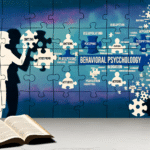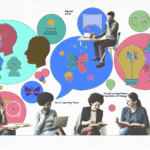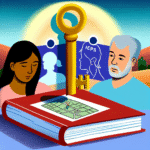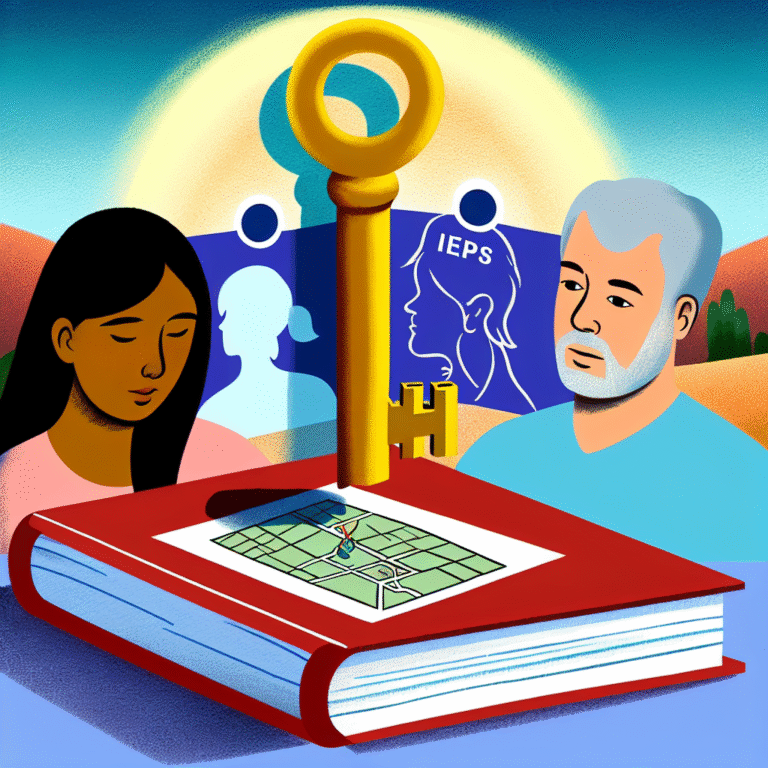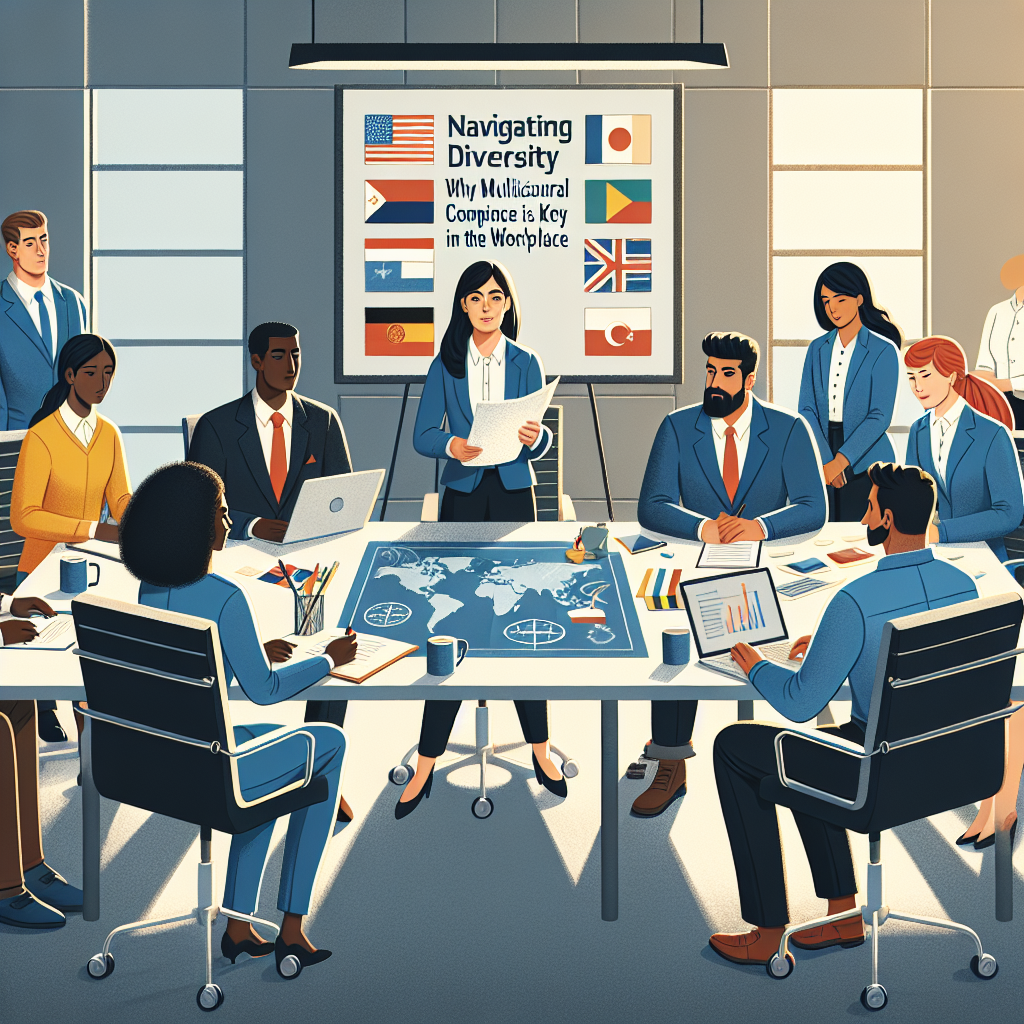
Introduction
In today’s globalized world, the workplace is a melting pot of cultures, perspectives, and ideas. Understanding and embracing this diversity is not merely an option but a crucial necessity for thriving in the modern business landscape. Enter the concept of multicultural competence—an essential skill set that empowers individuals and organizations to navigate the complexities of diverse work environments effectively.
As we embark on this exploration of Navigating Diversity: Why Multicultural Competence is Key to Success in the Workplace, we’ll uncover the significant benefits it brings, enrich our understanding with valuable case studies, and equip you with actionable insights to implement multicultural competence in your daily professional experiences.
The Importance of Multicultural Competence
Multicultural competence refers to the ability to understand, communicate with, and effectively interact with people from diverse cultural backgrounds. This skill goes beyond mere tolerance; it involves a deep appreciation of cultural differences which can enhance collaboration, innovation, and overall organizational success.
Why Is Multicultural Competence Vital?
Enhanced Team Collaboration: Diverse teams foster creativity and innovative problem-solving. Multicultural competence ensures that diverse voices are heard and valued.
Increased Employee Satisfaction: An inclusive workplace promotes belonging, leading to lower turnover rates and higher employee morale.
Broader Market Reach: Companies that understand cultural nuances can better serve diverse customer bases, which can translate to increased revenues.
- Competitive Advantage: In a global market, companies with multicultural competence are more likely to adapt to changing demographics and cultural shifts.
Key Components of Multicultural Competence
To navigate diversity effectively, it’s essential to understand its core components.
1. Awareness
Understanding one’s own biases, values, and beliefs is the first step toward becoming more culturally competent. Awareness allows for the recognition of how one’s background influences perceptions of others.
2. Knowledge
Gaining knowledge about different cultures—including values, norms, communication styles, and business practices—fosters respect and understanding.
3. Skills
Developing practical skills such as active listening, empathy, and conflict resolution can bridge communication gaps and enhance collaboration in diverse teams.
4. Attitude
A positive attitude toward cultural diversity can make a significant difference in workplace dynamics. Embracing curiosity and openness can transform challenges into opportunities.
Case Studies Highlighting Multicultural Competence
1. Google’s Diversity Initiative
Google has implemented robust diversity and inclusion training that emphasizes multicultural competence. They have tailored specific programs for employees to enhance their understanding of different cultures and perspectives. As a result, Google has seen improvements in team collaboration and innovation, proving that Navigating Diversity: Why Multicultural Competence is Key to Success in the Workplace is not just theoretical but practical.
Analysis: Google’s proactive approach illustrates that equipping employees with multicultural skills can lead to a more agile, innovative, and harmonious workplace.
2. Starbucks’ Response to Racial Bias Incidents
In 2018, Starbucks faced backlash when two African American men were arrested in one of their stores. The company responded by closing over 8,000 stores for a day to conduct racial bias training focused on multicultural competence. This move not only addressed the immediate concerns but reinforced their commitment to fostering an inclusive environment.
Analysis: Starbucks effectively turned a public relations crisis into an opportunity for growth, highlighting the necessity of multicultural competence within customer service and community relations.
Practical Strategies for Developing Multicultural Competence
1. Training Programs
Implement regular training sessions that focus on cultural awareness, biases, and communication styles. Consider incorporating role-playing scenarios to simulate diverse interactions.
2. Mentoring and Partnerships
Encourage mentoring relationships between employees of diverse backgrounds. These partnerships can foster understanding and facilitate shared learning experiences.
3. Celebrating Cultural Diversity
Host cultural celebrations and awareness days that showcase various heritages within the organization. This promotes engagement and appreciation among all employees.
4. Feedback Mechanisms
Create platforms for employees to share their experiences and suggest improvements in diversity practices. This feedback loop ensures continuous growth and adaptation.
5. Lead by Example
Leadership must model multicultural competence by participating in training, engaging in dialogue around diversity, and actively championing inclusion initiatives.
The Role of Leadership in Fostering Multicultural Competence
Leadership plays a crucial role in shaping an organization’s approach to diversity. Leaders should embody the principles of multicultural competence, demonstrating commitment and accountability.
Setting Expectations
Leaders must establish clear expectations for employees regarding inclusivity and respect for cultural differences. This can be done through policies that underline the value of diversity.
Accountability
Hold leaders accountable for creating a culturally competent workplace. Regular assessments and feedback ensure that diversity initiatives are more than just checkboxes.
Conclusion
As we reflect on Navigating Diversity: Why Multicultural Competence is Key to Success in the Workplace, it’s clear that embracing diversity isn’t just a moral imperative; it’s a business necessity. By fostering an environment of multicultural competence, organizations can unlock creative potential, enhance employee satisfaction, and establish a distinct competitive edge.
Take action today—lead with empathy, engage with curiosity, and commit to fostering inclusivity. The success of your workplace depends on it.
FAQs
What is multicultural competence?
Multicultural competence is the ability to understand and effectively interact with people from diverse cultural backgrounds.Why is multicultural competence important in the workplace?
It enhances collaboration, increases employee satisfaction, broadens market reach, and provides a competitive advantage.How can I develop my multicultural competence?
You can enhance your multicultural competence through training, mentoring, and actively engaging with colleagues from diverse backgrounds.What role does leadership play in multicultural competence?
Leaders shape organizational culture and must model and champion multicultural competence to create an inclusive environment.- Can multicultural competence lead to better customer relations?
Yes, companies with multicultural competence can better understand and serve diverse customer bases, thereby improving customer satisfaction and loyalty.
Additional Keywords
- Multicultural awareness in the workplace
- Benefits of diversity training
- Enhancing team collaboration
- Inclusive business practices
- Leadership and diversity
This structure and content deliver an in-depth exploration of the invaluable role of multicultural competence in enhancing workplace dynamics and success.
